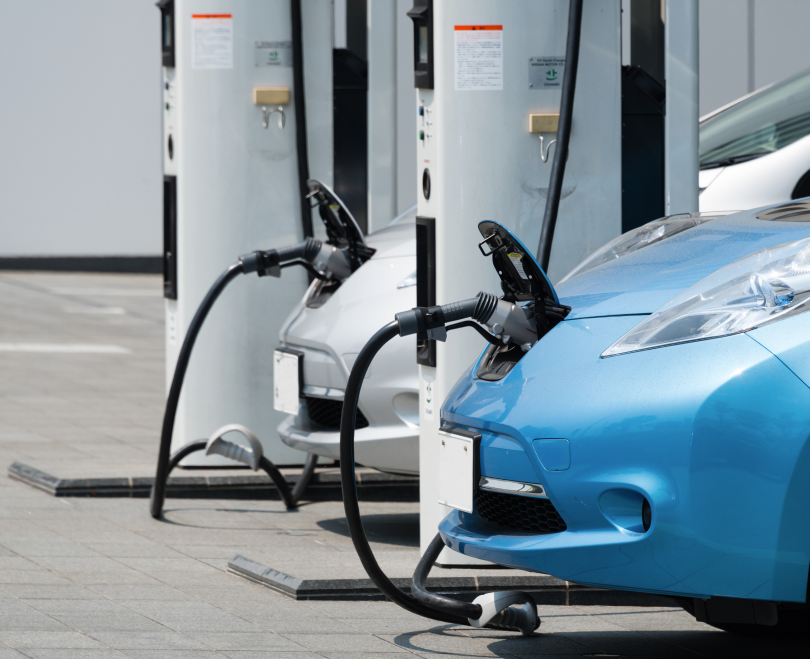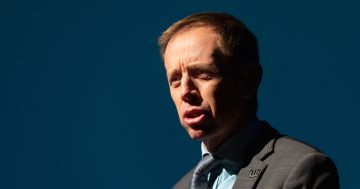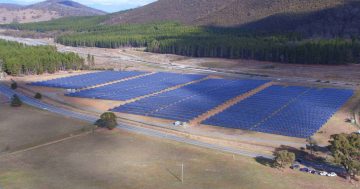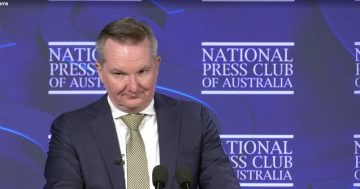
Minister for Climate Change and Sustainability Shane Rattenbury has announced a $4 million climate change action fund. Photo: File.
The ACT Government has announced an extra $4 million over the next four years to help reduce the Territory’s carbon emissions as it works towards its net zero emissions by 2045 target.
The money will go towards implementing a minimum energy efficiency standard for rental properties by 2022-23, installing electric vehicle charging stations and funding a dedicated climate change community officer.
The commitments were announced in the ACT Government’s mid-year Budget, released on Thursday, with $757,000 being allocated to improving the energy efficiency of rental properties.
Minister for Climate Change and Sustainability Shane Rattenbury said landlords had a moral responsibility to ensure that their tenants were living in decent houses and have access to a good quality of life.
“What we want to do is ensure that rental properties actually perform better,” Mr Rattenbury said.
“At the moment in Canberra, too many rental properties are freezing cold in the winter and boiling hot in the summer and they have higher energy bills because they have poor insulation and poor performance standards.
“The reality is to upgrade many of these properties, you are looking at only a couple of thousand dollars, and for landlords those expenses are tax-deductible.”
However, Minister Rattenbury insisted that renters would not bear the brunt of the costs.
“There are requirements under the Residential Tenancies Act about the amount that landlords can increase the rent each year, there are limits on that, so that would play out in this space,” he said.
“The other thing is that this is a transition over a couple of years, so landlords can claim to have this work done over a period of time, they do not have to fork it all out in one go.”
Just over $1 million will be spent on installing more electric vehicle charging stations to help with the government’s promise to transition all of its government cars to zero-emission vehicles by the end of next year.
“The government has a commitment to move all of our government fleet to zero-emission vehicles over the next couple of years, so we need to put these charging stations in our government offices around the city to support our government vehicle fleet,” he said.

The ACT Government is aiming to have net-zero emissions from government vehicles by the end of 2021. Photo: File.
Mr Rattenbury cited the use of electric vehicles by community nurses to highlight the practicality of electric cars as a day-to-day transport option.
“Community nurses hop in a car and go around a series of home-based appointments all day. They drive around all day, put the car back in the garage at the government building at the end of the day’s work, and they plug it into the wall and come back the next morning and it is ready to go again.
“The practical reality for them is that electric vehicles are absolutely doing the job that they need them to do.”
There will also be $574,000 for a dedicated climate change community liaison officer who will work with community organisations on a variety of projects, including helping them navigate the bureaucratic processes involved in applying for grants.
The ACT Government will also spend $97,000 to help introduce the changes outlined in the living infrastructure plan, which includes measures like ensuring that 30 per cent of Canberra’s urban environment will be covered by a tree canopy by 2045.
The money will allow the Environment, Planning and Sustainable Development Directorate to have the appropriate resources required to change a variety of planning codes and rules to bring them in line with the infrastructure plan.
The fund will also provide $848,000 for the delivery of the new Sustainable Energy Policy and develop a strategy to ensure that the capital’s energy supply is affordable, reliable and sustainable.
“The previous Sustainable Energy Policy was very much focused on transitioning the ACT to 100 per cent renewable electricity. Having now achieved that goal, the question is, what next?
“That will be things like how do we ensure those on low incomes are best protected and have affordable energy bills going forward.
“We will need to look at the issues of natural gas, how do we phase natural gas out of our system because gas will be 22 per cent of our emissions going forward. Also, we will be looking at issues like: will hydrogen play a significant role in our future energy mix?
“They are the sort of questions being considered in the next Sustainable Energy Policy.”
The funding for climate change action came after the government announced an extra $60 million injection for emergency services at Canberra Hospital to keep up with demand and almost $9 million for WorkSafe ACT over the next four years.





















